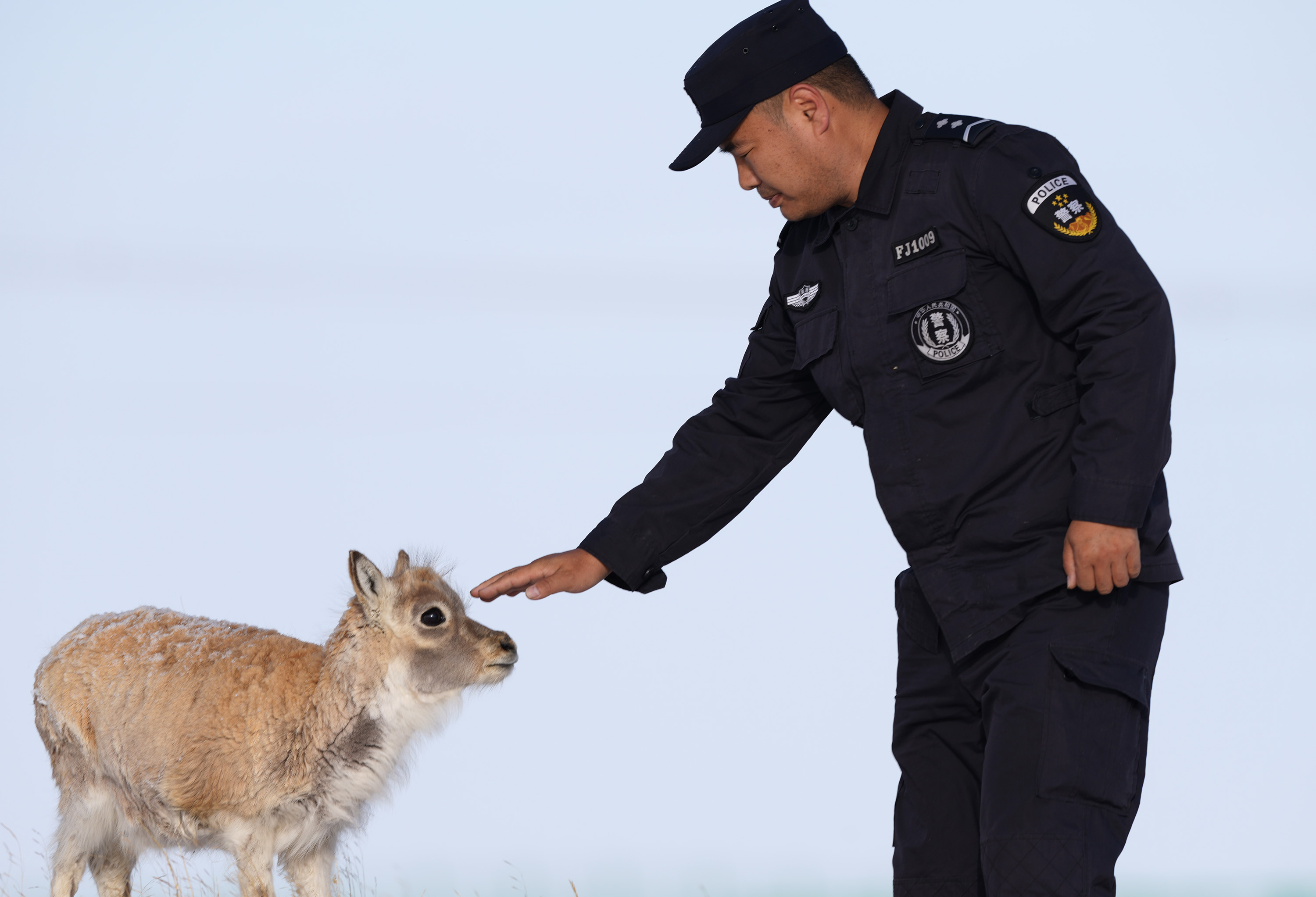Protection has antelope numbers leaping ahead


No pregnant woman would hike 400 kilometers on foot through remote areas of western China just to have her baby. That's why humans have hospitals.
But that's what female Tibetan antelopes do. And after they have had their calves, they turn around and go back to where they started, an 800 km round trip, admittedly on four legs rather than two, but it's still a daunting distance.
Tens of thousands of pregnant Tibetan antelopes are now making their way across the high grasslands of the Tibet autonomous region, with some of them greeting old friends who started the journey earlier and are on their way back with their surviving calves. Most newborns die in the harsh conditions.
Every year starting from early May, the animals begin their long trek, impelled by Mother Nature, after mating in November or December. They make the return trip around August.
The annual migration happens in areas including Tibet's northern Changthang grassland, the Hoh Xil National Nature Reserve, the Three-Rivers-Source National Park in the Yushu Tibetan autonomous prefecture of Qinghai province, and Altun Mountain in the Xinjiang Uygur autonomous region.
Wu Xiaomin, an expert from the Shaanxi Institute of Zoology, said the population of the once-endangered species has increased dramatically in the last few decades thanks to enhanced protection efforts, including more aggressive enforcement of anti-poaching laws and measures to improve the animals' habitat.























